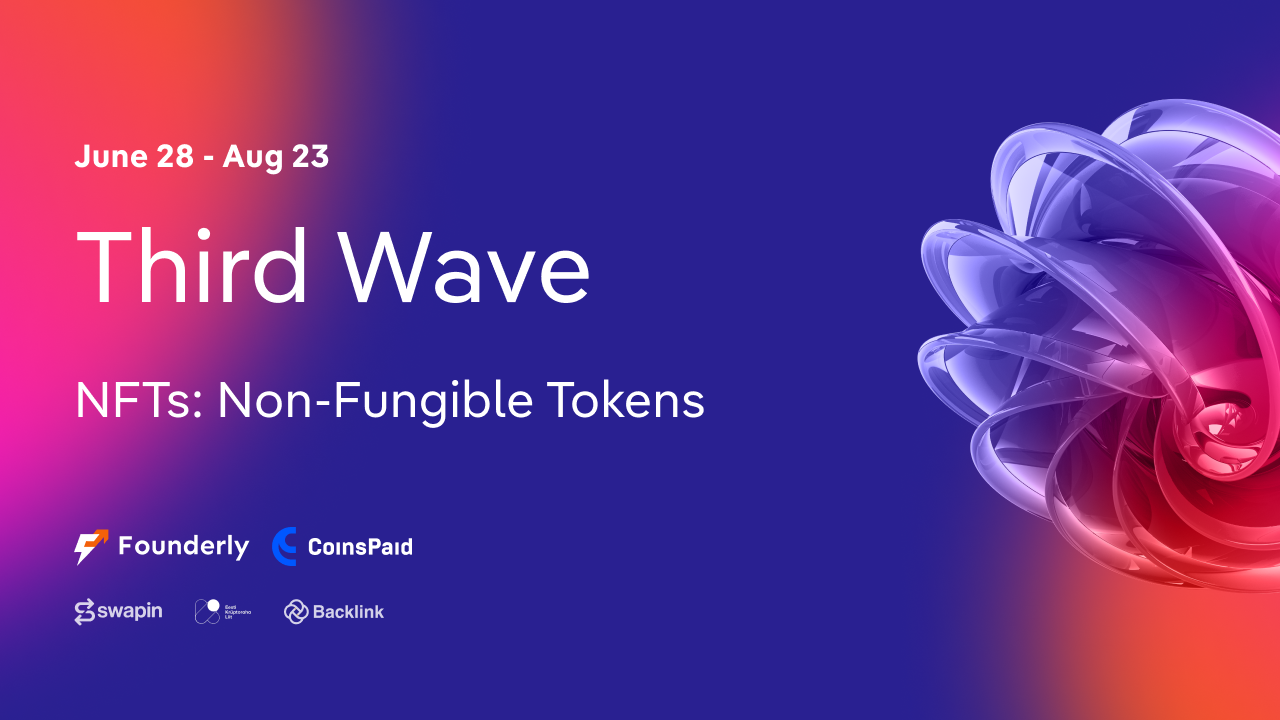NFTs: Non-Fungible Tokens

NFTs, explained
NFT stands for "non-fungible token." It's a digital asset that links ownership to unique physical or digital items, such as works of art, real estate, music, or videos.
The "token" refers to this digital representation on the blockchain, and "Non-fungible" means the tokens are unique and can't simply be swapped for another token. For example, bitcoin is fungible because you could replace one bitcoin with another bitcoin with no issues. But each NFT is unique, and you cannot simply swap them out for a different one, even if they are both a representation of the same good.
According to Chainalysis, the NFT market has climbed to more than $40 billion in value as the popularity of non-fungible tokens has grown. From June 2021 to June 2022, NFT sales hit $29 billion.
The Essential NFTs Terminology
Below are some brief explanations of some key terms used in the NFT space.
Minting — To mint an NFT means you are taking a digital file (like a JPEG, GIF, or PNG) and making it into a digital asset or crypto collectable on the blockchain.
ERC-721 — A token standard that describes how to build non-fungible (unique) tokens on Ethereum virtual machine (EVM) compatible blockchains.
ERC-1155 — A token standard that allows the efficient transfer of both fungible and non-fungible tokens in a single transaction.
Airdrop — A free distribution of NFTs or digital assets sent to a web3 wallet address by crypto projects to increase awareness and adoption.
Marketplace — A digital platform for buying and selling NFTs.
Here are some NFT marketplaces you may want to look into.
Non-fungible tokens (NFTs) have found their way into all sorts of industries, and they seem to be everywhere these days.